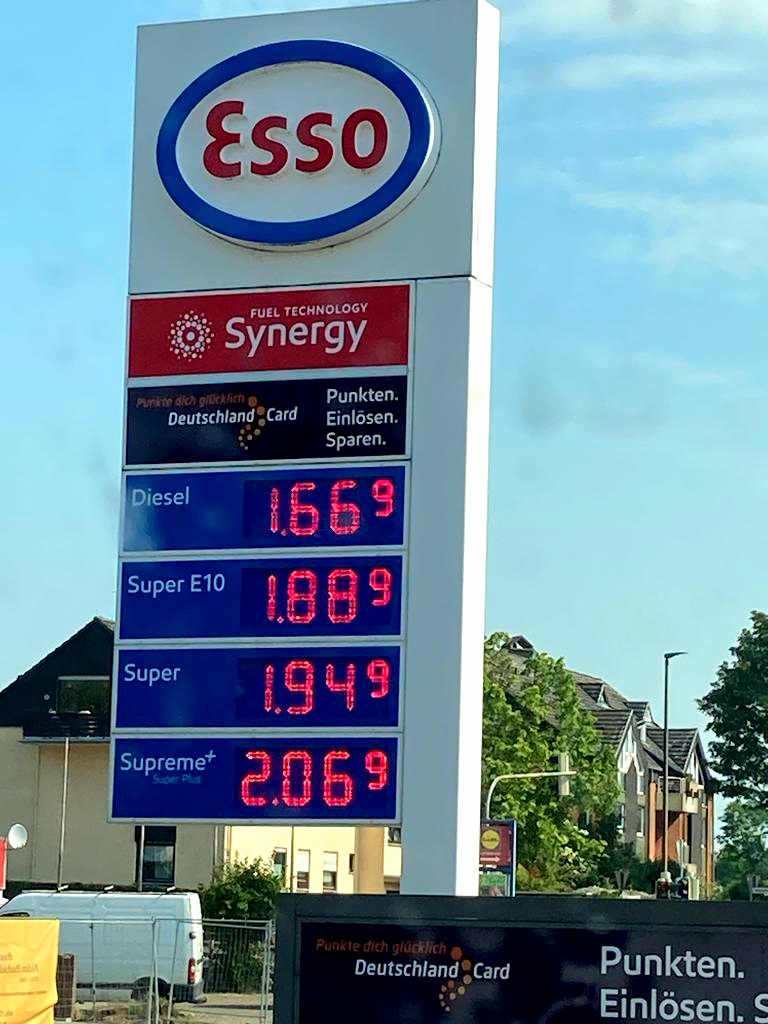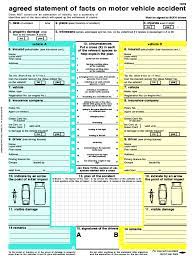Germany is known for its high-speed autobahns, well-maintained roads, and efficient traffic management. However, driving in Germany can be quite different from driving in other countries due to several factors, including traffic regulations, road etiquette, and cultural norms. In this article, we will explore some important aspects of driving in Germany.
Speed Limits and Traffic Regulations
One of the most distinctive features of driving in Germany is the absence of a general speed limit on the autobahn. While there are recommended speed limits of 130 km/h (81 mph), there is no legal limit on many stretches of the autobahn. However, it is important to note that some areas do have speed limits, such as urban areas, construction zones, and areas with high accident rates. It is also important to drive according to weather conditions and traffic volume, even if there is no posted speed limit.
In addition to the speed limit regulations, there are several other traffic rules that drivers must follow. For example, it is mandatory to use seat belts in both the front and back seats, and children under 12 years old must use an appropriate child restraint system. It is also illegal to use a mobile phone while driving, except for hands-free devices.
Another important regulation to note is the “right before left” rule, which means that when two cars approach an intersection, the car on the right has the right of way. Additionally, drivers are required to yield to emergency vehicles and pedestrians.
Road Etiquette and Cultural Norms
German drivers are known for their strict adherence to traffic rules and etiquette. It is common to see drivers using turn signals, staying in the right lane except when passing, and giving way to faster vehicles. When passing on the autobahn, it is customary to flash the headlights as a signal to move over. Drivers should also keep a safe distance from the car in front of them, especially when driving at high speeds.
In addition to following traffic rules, it is important to be aware of cultural norms when driving in Germany. For example, honking is generally considered impolite and should only be used in emergencies. Additionally, it is customary to turn off your car’s engine when waiting at a red light or railroad crossing to reduce noise pollution.
Parking in Germany
Finding a parking spot in Germany can be challenging, especially in urban areas. It is important to pay attention to parking signs and regulations to avoid receiving a ticket or having your car towed. In many cities, there are designated parking zones where you can park for a certain amount of time with a parking disc displayed on your dashboard.
It is also important to note that parking in bike lanes or on the sidewalk is strictly prohibited and can result in a hefty fine.
Toll Roads in Germany: What You Need to Know
While driving on the autobahn is free, there are some toll roads in Germany that require a fee. In this article, we will explore the toll road system in Germany and what you need to know before driving on one.
Types of Toll Roads in Germany
There are two main types of toll roads in Germany: the autobahn toll and the road toll.
The autobahn toll, also known as the truck toll or LKW-Maut, applies to commercial vehicles that weigh over 7.5 tons. This toll is based on the distance traveled and the number of axles on the truck. The autobahn toll is collected through a GPS system installed on the vehicle, which records the distance traveled and calculates the fee.
The road toll, also known as the vignette or Maut, applies to passenger cars and motorhomes over 3.5 tons on some federal highways, mainly in the south of Germany. Drivers must purchase a vignette before driving on these highways, which allows unlimited use of the toll road for a specified period, usually 10 days, 2 months or a year. The vignette can be purchased online, at petrol stations or at the border. The cost depends on the duration of validity and the size of the vehicle.
Toll tunnels in Germany
There are only two toll tunnels in Germany. You can pay tolls with cash, card, tags and RFID stickers.
Herren Tunnel: Herren tunnel is a German 780-metre long road tunnel under the River Trave, which connects Lübeck and Travemünde.
Warnow Tunnel: The Warnow Tunnel (also known as the Warnow River Crossing) is a tunnel under the Warnow River. The tunnel connects the Hanseatic city of Rostock in Mecklenburg-Vorpommern, Germany.
Exemptions
Some vehicles are exempt from the tolls, including emergency vehicles, military vehicles, and vehicles used for public transport. Electric cars are currently exempt from the road toll but are expected to start paying a reduced fee from 2024.
Penalties
Driving on a toll road without paying the required fee can result in a penalty, which can be up to several hundred euros. Failure to pay the penalty can also result in legal action.
Fuel prices in Germany
The cost of fuel varies throughout the day. The highest price is at night and in the morning. Then the price decreases until the evening, and by 7-8 in the evening it is the lowest. Therefore, do not be surprised by the huge number of cars at gas stations at this time.

The cost of fuel changes during the week. The highest prices fall on Friday, which is explained by the approach of the weekend, and on Sunday, prices decrease.
Gasoline is more expensive on autobahns. Because of this feature, preference should be given to gas stations in the city or on the outskirts.
The cost of fuel at different gas stations can vary by up to 5 cents, so a driver can easily overpay up to €10 for one gas station.
Gasoline, diesel and gas are used in the country. A large number of cars with electric motors that need gas stations. There are more than 3,000 of them in Germany.
Things to take with you in a car whilst driving in Germany
German legislation defines what must be in a car. This is a first aid kit, warning reflective triangle and high-visibility vest for the driver.
If the police find the absence of the necessary in the car, a fine will be issued. €5 for the absence of a first-aid kit, €15 for a vest and a triangle.
If you have an accident whilst driving in Germany

It’s important to stay calm if, in the unlikely event you have an accident whilst driving in Germany. Even the best drivers can be involved in an accident through no fault of their own. A great way to stay calm is to be prepared for the unexpected. Many European drivers carry with them an accident report form, which is not an admission of liability but an agreed statement of facts about the accident. The accident report form prompts you for information about the driver, insurance details, points of impact and other information that will help your insurance company deal with the insurance claim.
I think it is useful to take one of these accident report forms with you, just in case, and you can down a copy for printing HERE
More motorhome blog articles about Germany
Rothenburg ob Der Tauber- A fairy tale destination for motorhome travellers
A motorhome adventure at Lake Titisee in The Black Forest
Leave a Reply